Bodybuilding Protocols, Methods and
Workout Diary Journal
2021 Andrea Raimondi
2021 Andrea Raimondi AREdit.com

for contact:
Index
Introduction [ ]
CHAPTER
Training variables [ ]
CHAPTER
Training techniques [ ]
CHAPTER
Muscles [ ]
CHAPTER
Exercises [ ]
CHAPTER
Time [ ]
CHAPTER
Motivation [ ]
CHAPTER
Protocols [ 111 ] Workout Diary [ ]
Introduction
In this book you will find the detail of my training protocol lasting a total of 52 weeks, 12 months of training, at the end of which it is pos- sible to continue, resuming a certain phase that better fit your needs.
But you will also find everything you need to understand how to build a training plan : the role of variables such as volume, load, fre- quency, type of exercise, progression, TUT, placed between sets. Dif- ferent training techniques will be illustrated such as circuit, pyramid, rest-pause, triset, 21, stripping, and many others. To train well it is es- sential to know the physiology of the muscles so you will find the de- scription of the functioning of the main muscles, with a list of the best exercises for each target muscle.
You will understand periodization and its essential role in building a winning training program. We will talk about aerobic activity . A chapter is dedicated to motivation and you will find some tips to maintain it over time. We will also talk about lockdowns and work- outs.
But above all, you will find my training protocol and a diary of more than 200 pages to record your progress using my protocol.
My training protocol is divided into four main phases: a break-in or adaptation phase lasting weeks suitable for those who have just started training or for those who resume activity after a period of rest. This is followed by an weeks strength phase in which we try to in- crease overall strength.
After the strength phase, very expensive for the body, follows a re- covery phase lasting 4 weeks.
The last mesocycle of the protocol consists of the hypertrophy phase lasting 12 weeks, in which the workouts will be aimed at gaining mus- cle mass.
At the end of the period of hypertrophy it is good to insert a recovery period of another 4 weeks.
At this point you have to decide based on your goals and restart with a cycle of strength or with another cycle of hypertrophy.
In first case restart weeks of strength phase, 4 weeks of recovery and another 8 weeks of strength phase.
If your goal is hypertrophy you can continue with weeks of hyper- trophy protocol and weeks of recovery protocol. So let's start!
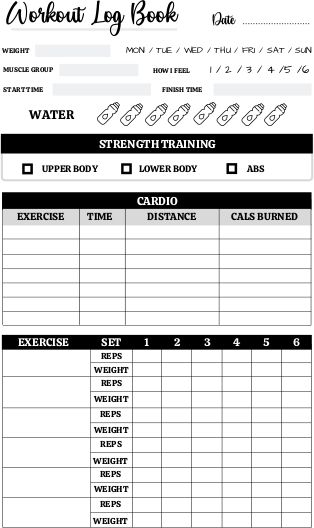
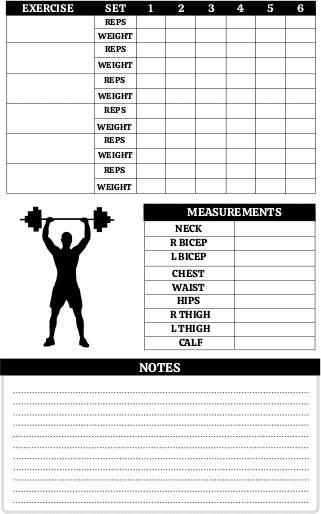
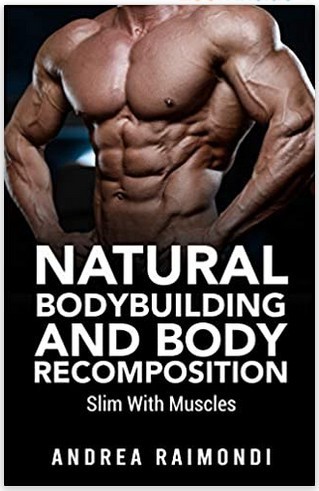 A Practical Guide to Body Recomposition
A Practical Guide to Body Recomposition
On Amazon
CHAPTER
Training variables
Volume
The volume parameter represents the total amount of work done in a training session, or over a certain period of time. It is defined as the sum of the repetitions performed during the training session, or rather as the sum of the repetitions performed with a certain load: n.set * n.reps * Kg load. Clearly the greater the volume, the heavier a training session for the same time.
For example 3 sets of 10 repetitions with 50kg are equal to 1500kg of volume. Adding up the volume done for each exercise of a given ses- sion will give you the total volume of the session.
Studies confirm that greater volume produces greater metabolic stress and greater hypertrophic response.
Therefore, by modifying one of the parameters of volume, its quantity is changed. If it is true that, assuming to lift 10 kg, the same volume is obtained with 10 sets of 10 repetitions or with 5 sets of 20 repetitions, at the level of muscle fatigue is not the same thing. Because with more sets is greater the possibility of muscle recovery (with the same rest time between one set and another) and the metabolism can rebuild the energy consumed in the movement of muscles.
Therefore, in addition to the load, the duration of the recovery times must also be considered.
The load is the other variable that constitutes the volume and is a vari- able directly related to hypertrophy, as practically all studies show, greater load corresponds to greater development.
To create our training plans, we already have these variables available: the number of sets, the duration of the rest between one set and an- other, the number of repetitions and the load.
There is an inverse physical correlation between the lifted load and the number of repetitions: the higher the load, the lower the number of repetitions. It is a trivial and obvious equation to everyone. The load with which we can perform only one repetition, using a correct joint movement, is indicated with 1RM, representing the maximum limit, the load capacity of a given person. Below this limit and therefore with lower loads we can perform more than one repetition.
In general, scientific and practical evidence states that to train strength you must use loads of 80-90-100% of 1RM, to train hyper- trophy loads of 65% to 80% of 1RM.

Frequency
The frequency parameter indicates how many times the training ses- sions are carried out, usually taking the week as a reference. We can also talk about training frequency for a single muscle group when evaluating how many times a particular muscle group has been trained.
The micro cycle represents the period within which all muscle groups are trained. For convenience, the duration of a week is also taken as a reference. In this time frame we can define training days and rest days between workouts.
Research has shown that higher training frequencies lead, all other conditions being equal, to improvements in muscle mass. It is often discussed which is the best frequency, what is ultimately the recovery time needed between one session and another to maximize hypertro- phy. In recent years, some research has been produced on this topic but there is still no precise scientific evidence on the optimal duration of recovery between one workout and another: some researches come to the conclusion of the need to allow at least 48 hours to pass between one session and another. Other researchers say it would be better to wait at least 72 hours. Usually the more or less pre-filled cards provide for 3 weekly workouts with one or more days of rest between work- outs, especially in the case of full-body workouts. With this cadence all the muscles of the body are trained at least three days a week. Or, for more advanced athletes, split routines are used in which not all muscle groups are trained in a single session but the muscles to be trained are separated, such as between muscles of the upper body and muscles of the lower body, being able in this way to increase the num- ber of training sessions. Split routine allows also a greater variety of
exercises for the trained muscles, for the same amount of time, com- pared to a routine that uses the full body method.
In any case, some authors highlight how resilience depends very much on the genetics of an individual. Again, several attempts and a greater scientific approach are needed to optimize efforts in terms of hypertro- phy: not only affects the frequency with which you train but how you train, which muscles need more work because they tire less quickly, because they are mainly composed of slow-twitch fibers or because they have a greater recovery capacity.
Next page
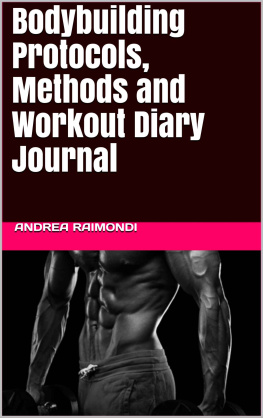
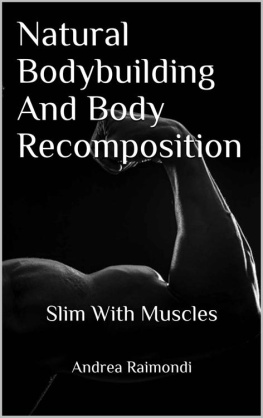




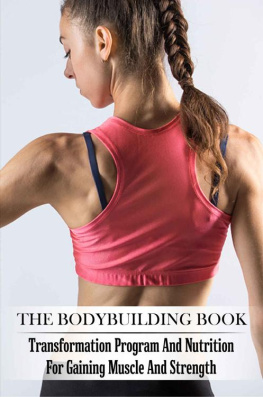
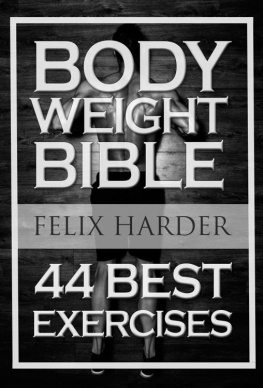

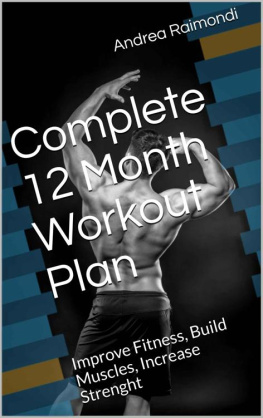
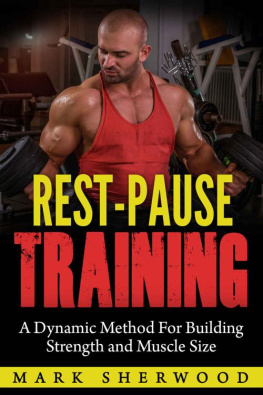
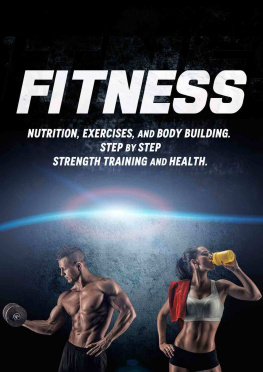



 A Practical Guide to Body Recomposition
A Practical Guide to Body Recomposition